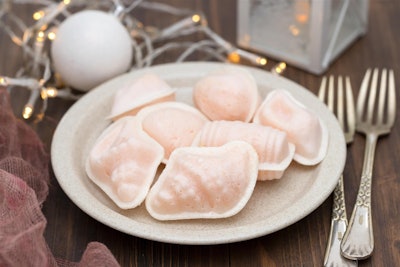
I found a curious anecdote about the use of egg whites and egg yolks in Portuguese convents that could perhaps be the "modern" origins of these two egg products — par excellence — in Latin American culture. I put modern in quotation marks, because surely other older civilizations already used them for something.
In Portugal, egg whites were used as a purifying agent in the production of white wine. In addition, they were also used to starch the elegant clothes of the rich people of Western Europe.
When egg whites were used, egg yolks were thrown away or given to the animals as food. Then, to avoid waste, both friars and nuns received them in their monasteries and convents, where they perfected ancestral recipes of egg yolk and sugar sweets. I would not doubt that this is the same reason for yolk sweets in countries like Spain or Mexico.
But then, in the middle of the 18th century, the extinction of religious orders in Portugal was decreed, and both nuns and friars found themselves in need of cash, so they sold egg yolk sweets.
In Aveiro, in northern Portugal, the "ovos-moles" are sweets made exclusively of egg yolks and sugar, which are cooked on a low fire and with non-circular rhythmic movements. Simple sweets, but refined — today those of Aveiro hold the "protected geographical indication” seal, a recognition of the specialized perfecting in the making, that separates the less-correct recipes. Once the dough is cooked, it is placed in molds of hosts with marine forms, usually of bivalve shells.
It is enough to walk through the streets of Aveiro to perceive the characteristic smell of egg yolk that comes out of the stores. Today, ovos-moles are in other types of desserts, which even nouvelle cuisine has taken advantage of — a delicious use of egg products. What do you think?
















